Posts Tagged: National Academy of Sciences
Perfect Timing for Publication of Important Research Paper on Root-Knot Nematodes
Perfect timing. Today, during the 62nd annual international conference of the Society of Nematologists, being held July 9-14 in Columbus, Ohio, The Proceedings of the National Academy of Sciences (PNAS) published a UC Davis...
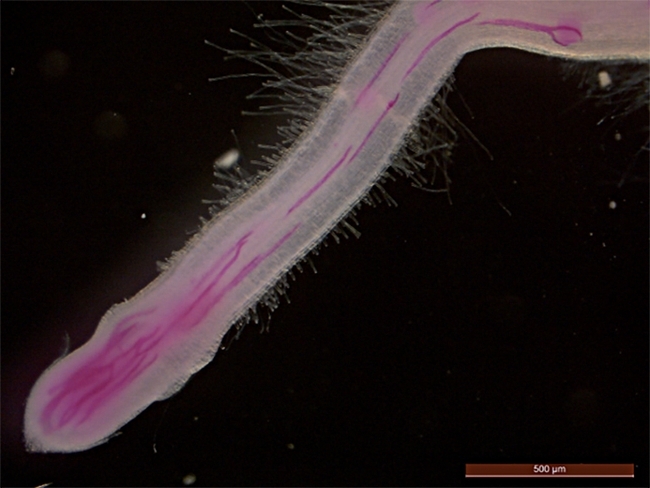
An illustration from the PNAS paper: Rice infected by root-knot nematodes (stained in red). (Illustration by Shahid Siddique)
Flight of the Lady Beetle
Have you ever seen a lady beetle, aka ladybird beetle, aka ladybug, take flight? Have you ever photographed it? It's early morning, Aug. 20. A lady beetle is snacking on aphids on our native milkweed plant (where the monarchs are...
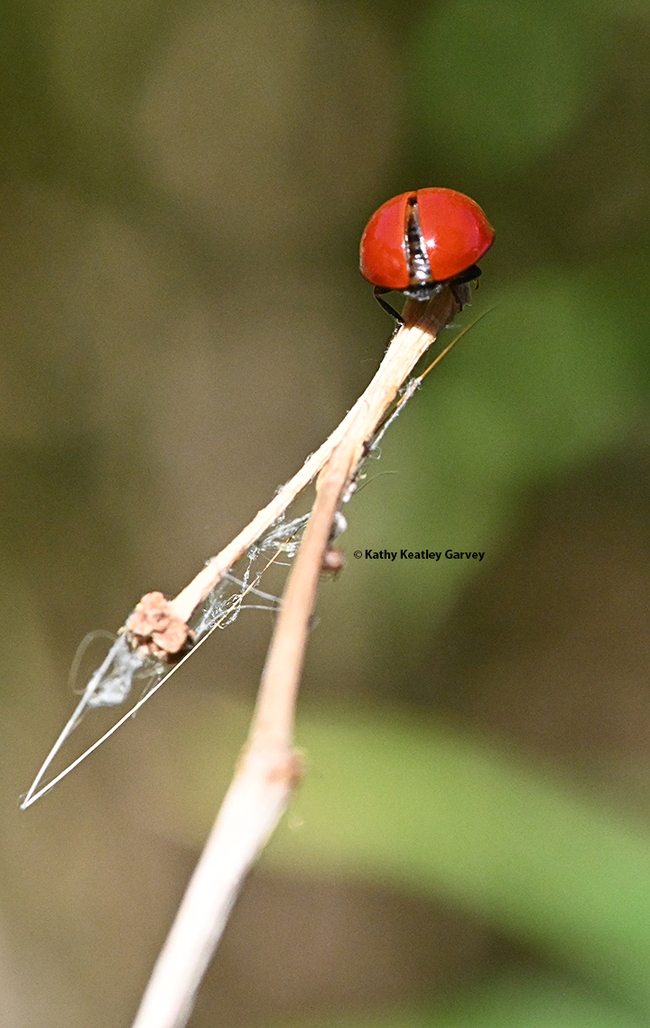
A lady beetle prepares for take-off in a Vacaville pollinator garden. (Photo by Kathy Keatley Garvey)
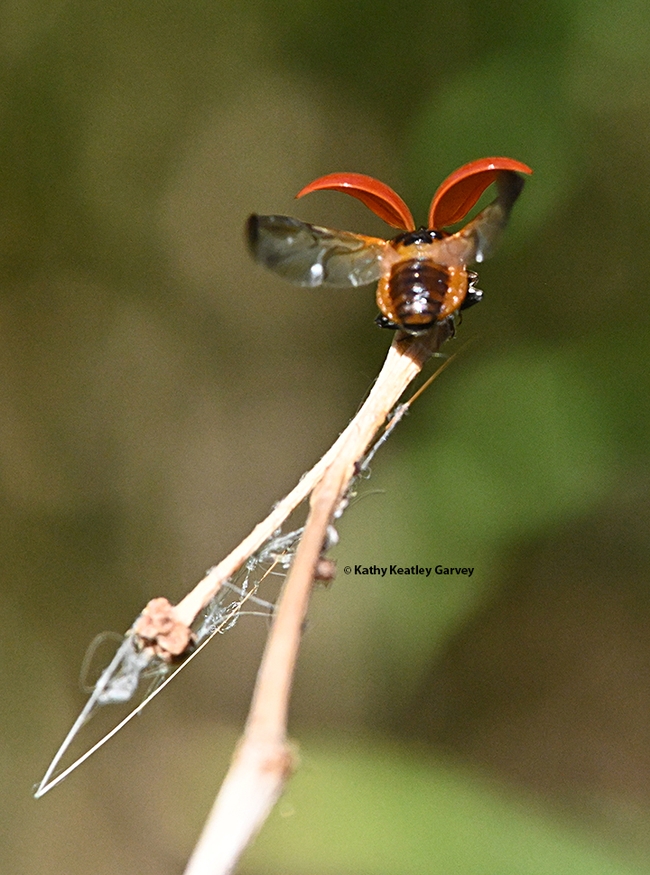
The lady beetle unfolds its wings. (Photo by Kathy Keatley Garvey)
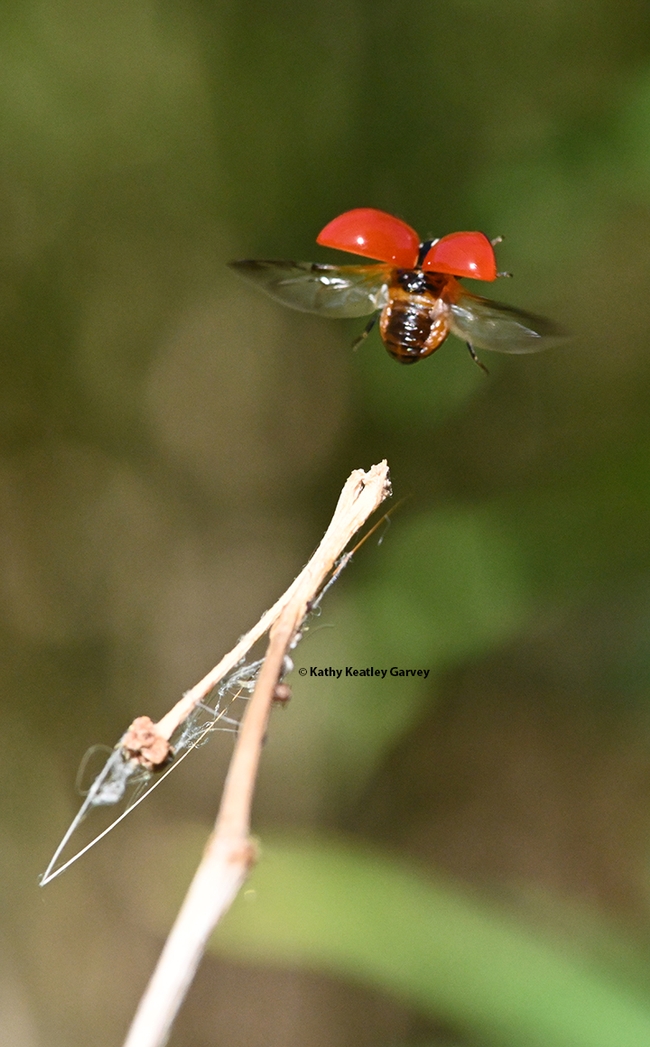
And the lady beetle takes flight. (Photo by Kathy Keatley Garvey)
High Honor for Cornell Professor Anurag Agrawal, UC Davis Alumnus
Congratulations to UC Davis doctoral alumnus Anurag Agrawal of Cornell University, Ithaca, N.Y., a newly elected member of the National Academy of Sciences (NAS). It's one of the highest honors a scientist can receive. Members...
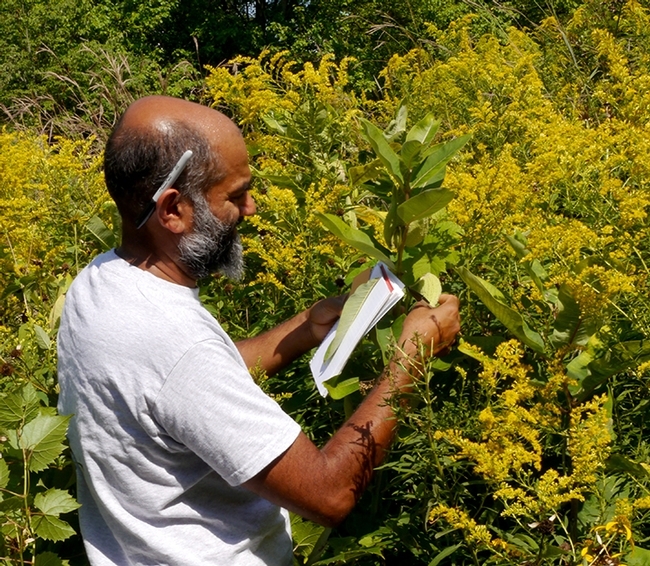
Cornell University Professor Anurag Agrawal collecting data in Ithaca. He is a newly elected member of the National Academy of Sciences. (Courtesy Photo)
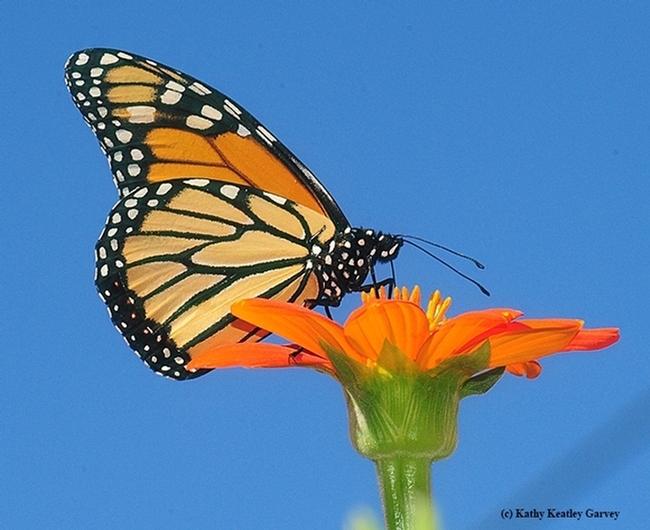
A monarch, Danaus plexippus, foraging on a Mexican sunflower, Tithonia rotundifola, in Vacaville, Calif. The declining population of monarchs is troubling. Art Shapiro, UC Davis distinguished professor of evolution and ecology, says monarchs are on life support. (Photo by Kathy Keatley Garvey)
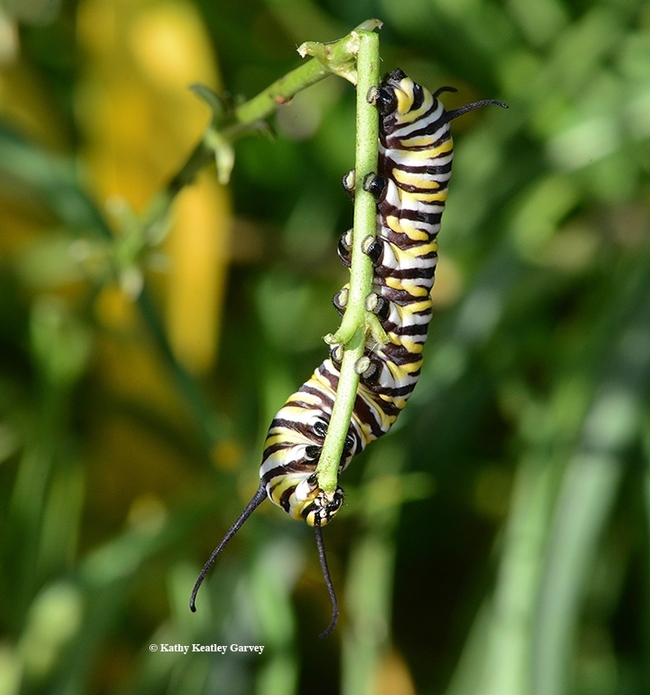
A monarch caterpillar chewing on a stem of narrowleaf milkweed, Asclepias fascicularis, in a Vacaville pollinator garden. (Photo by Kathy Keatley Garvey)
UC Davis Evolutionary Biologist: About Those Out-of-Place Species
What, hippos thriving in Colombia? Yes! If you've been reading The New York Times, Washington Post, Los Angeles Times, and National Geographic, you know about this. And about the newly published research paper, “Introduced Herbivores...
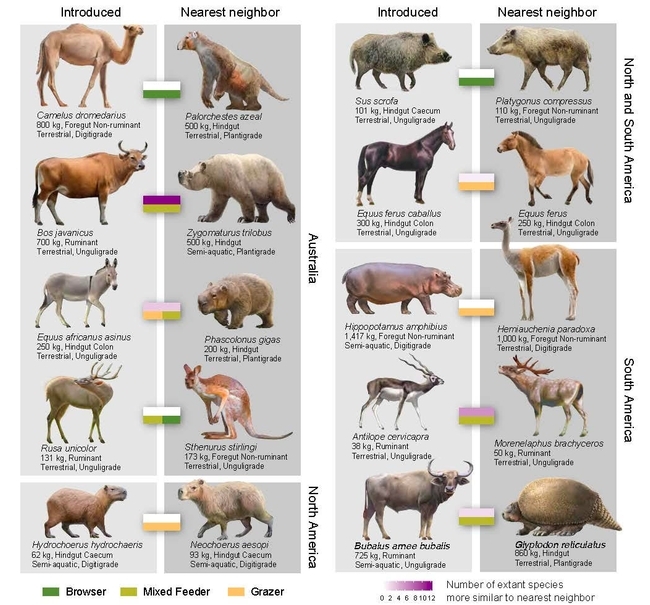
Introduced species and nearest neighbors, an illustration in PNAS.
How Fast Can a Honey Bee Fly?
How fast can a honey bee fly? We captured these photos today of a honey bee nectaring on catmint (genus Nepeta). The bee was moving fast. To blur the wings, we set the shutter speed at 1/640 of a second with an f-stop of 13 and IS0 of 800. But...
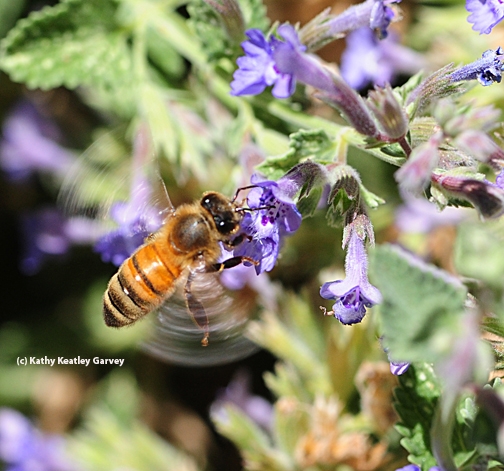
A honey bee can beat its wings 230 times every second. (Photo by Kathy Keatley Garvey)
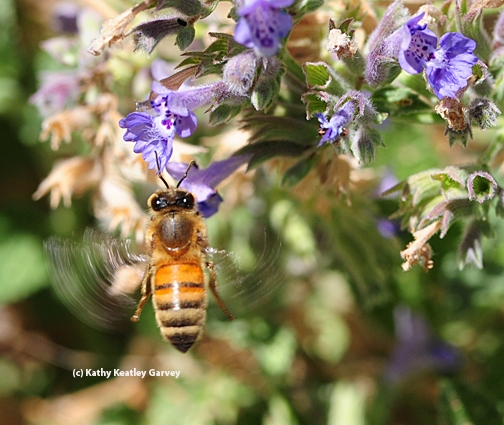
Honey bee spinning like a top. (Photo by Kathy Keatley Garvey)

